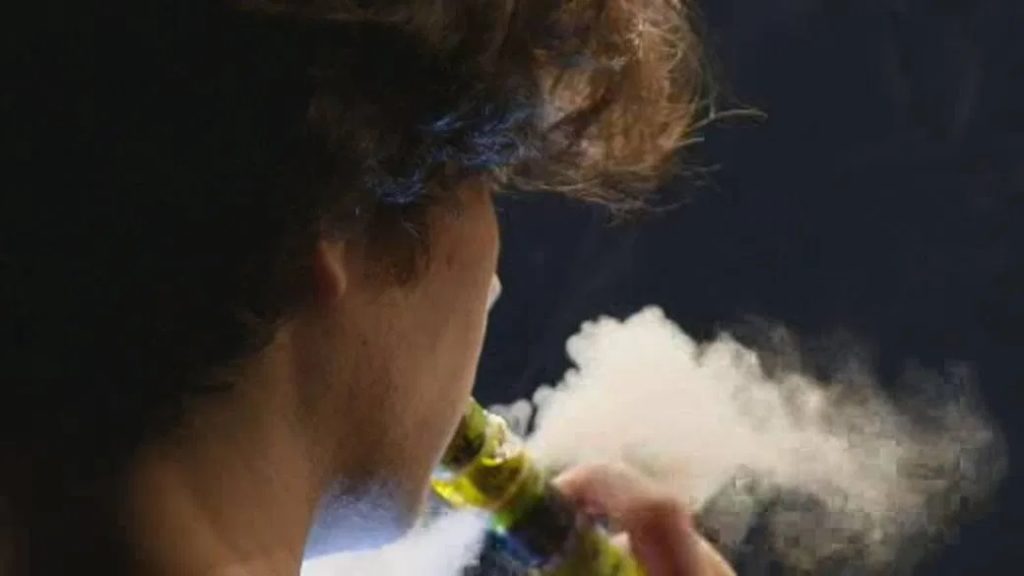It should come as no surprise that teenagers are natural risk-takers. They love to experiment with different things. They dye their hair green, engage in pranks which are sometimes dangerous, and they will from time to time smoke marijuana.
They will, occasionally, find someone to buy them beer and they will drink it, sometimes to excess. And even though buying cigarettes is age-restricted, they may find a way to smoke one every now and then, even if they have to steal it out of their mom’s purse. And yes, they will sometimes vape, but teen vaping is hardly the epidemic that anti-vaping activists claim it to be.
Alarming statistics showing a rise in teen vaping tend to ignore the fact that many teens will experiment with just about anything, including vaping, but won’t necessary use e-cigarettes on a regular basis. The statistics being used by anti-vaping activists are misleading and taken out of context. A recent study revealed that 28 percent of high school students said they had used e-cigarettes within the past month – but that study says nothing about frequency. There is quite a difference between a teen – whose very nature is to experiment with new things – using an e-cigarette once during a 30-day period, and a teen who uses it every day. Teens do vape, but they do so infrequently. CDC studies base their misleading statistics on “current use,” which means any use within the past 30 days. As a result, when they cite a high rate of teen vaping, they are including any teen who has only tried it once, or even just taken a single puff on an e-cigarette at a party.
A recent study led by researchers at NYU School of Global Public Health shed some light on the hysteria with a more accurate and holistic look at teen vaping. The study notes that while youth vaping has increased, most middle school and high school students do not vape or smoke, and very few do so daily. The study shows that those young people who do vape, are not regular users. The researchers showed that while the raw percentage of youth vaping did indeed increase from 2017 to 2018, as noted in the CDC study, but the researchers further noted that the increase was driven by only occasional use, and not regular use. In a press release issued by the center, it was noted that “Reacting too quickly to reports of youth vaping without considering the full context could do more harm than good.” The report recommended that, instead of implementing Prohibition and complete bans for everyone, including adults, a better option would be strong enforcement of the existing age restrictions that are in place for purchasing e-cigarettes. Prohibition, rather than age restrictions, would only serve to push people back to combustible tobacco.
A Public Health England study echoes the NYU sentiments, concluding that alarmist reports on a teen vaping epidemic are unfounded. The study puts to rest the absurd claim made by some anti-vaping activists that vaping is a gateway to smoking; additional studies from the University of Louisville and from the International Journal of Drug Policy also debunk the argument that vaping leads to smoking. Key findings instead indicate that most teens who vape have already started smoking, reinforcing the statistics showing that teen smoking has declined since the introduction of vaping. The decline in teen smoking is clear and supported by clear evidence.
The alarmist call also ignores the fact that teen smoking, which is far more dangerous than vaping, is down. Teens who vape are not teens who smoke. Over a period of 20 years, cigarette smoking by teens has decreased from 34.8 percent down to just 5.8 percent.
Another claim is that menthol flavor vapes and other flavored vapes are a cause of the non-existent epidemic of teen vaping, but this too is a misdirect from anti-vaping activists. Among teens surveyed by the CDC, 56.1 percent said the reason they tried e-cigarettes was due to curiosity, again reinforcing the inherent truth that teenagers are naturally curious. This is followed by 23.9 percent saying the reason was that a “friend or family member used them.” Only 22.3 percent cited availability of flavors as the reason for trying vaping. Twenty-one percent said they tried vaping because it is less harmful than tobacco.
The evidence does not support alarmist claims of a teen vaping epidemic. The best approach, rather than issuing unfounded news and pushing a call for a full ban, is to reinforce the age restrictions that are already in place.

